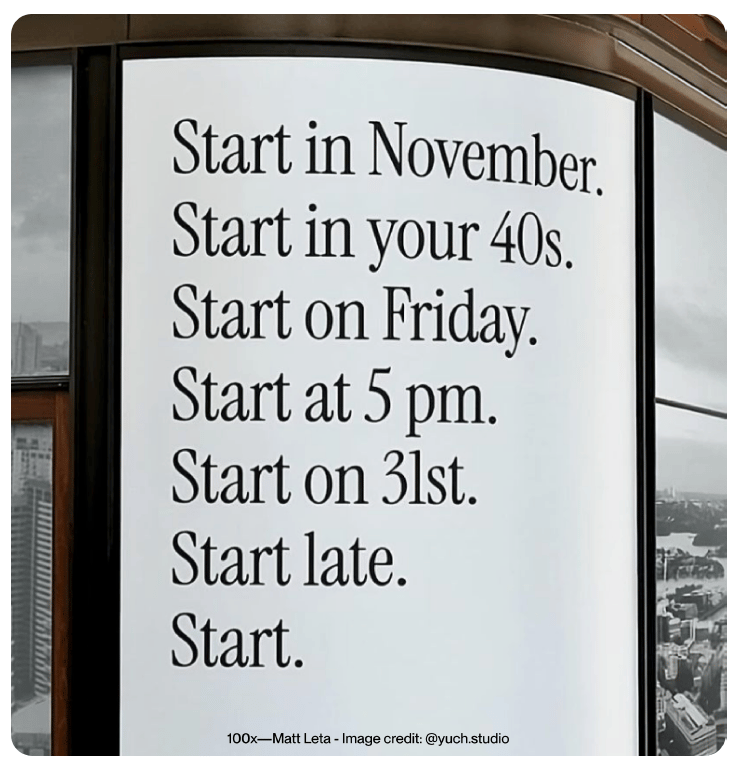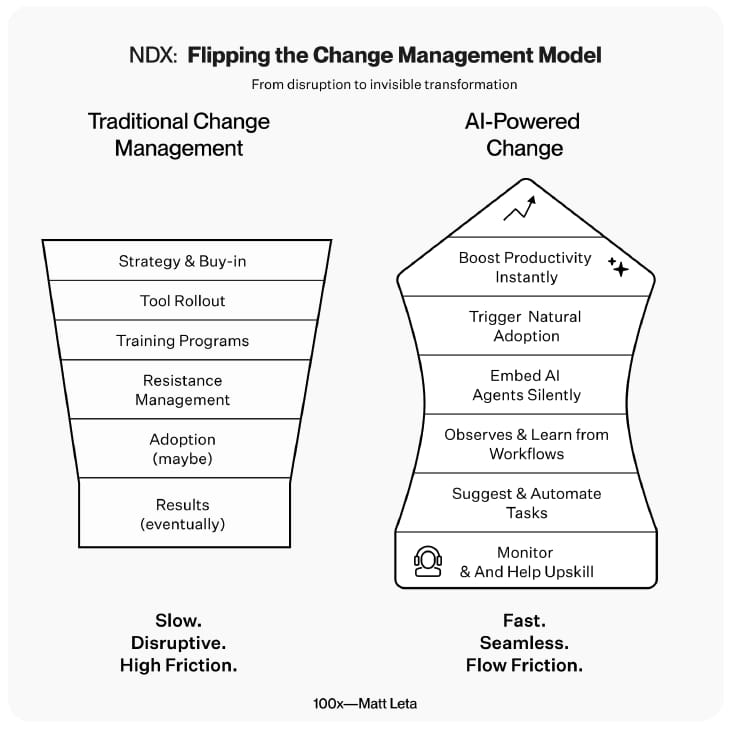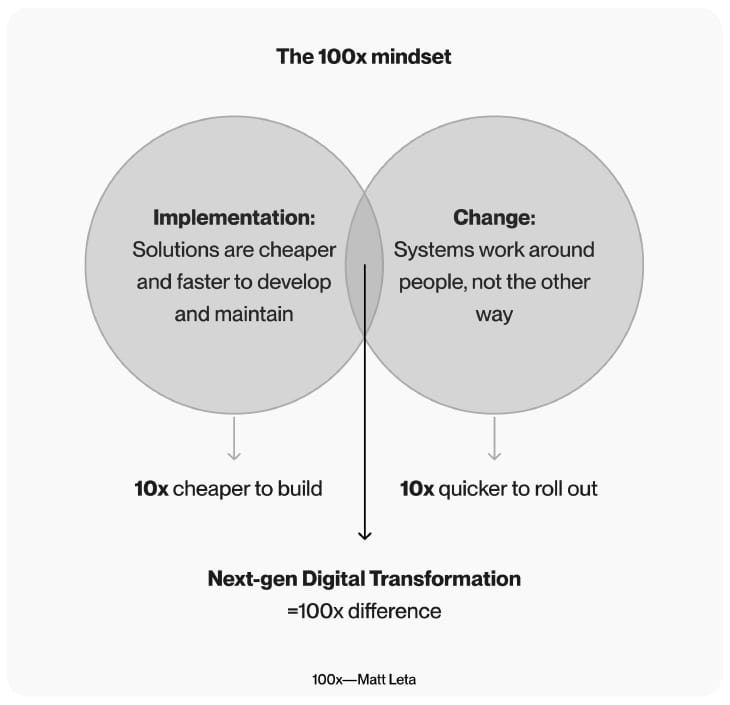- 🗼 Lighthouse — Newsletter by Future Works
- Posts
- Thought piece: The innovator's blind spot
Thought piece: The innovator's blind spot
Why your success is your biggest risk
Hi there,
We all build our careers on a simple idea: success leaves clues. We turn past wins into a playbook of "best practices" that we trust to guide us. But what happens when that playbook becomes a prison?
That’s the paradox of expertise. The same thinking that fuels a leader's rise often makes them blind to the next big shift. Kodak invented the first digital camera but couldn't see a world beyond film. Blockbuster built an empire on late fees and completely missed the move to streaming.
They weren't blind because they lacked smart people or good data. They were blind because their own success had created a set of rules so deep they couldn't imagine playing a different game.
This is the innovator’s blind spot. In the age of AI, it’s more dangerous than ever.
The golden handcuffs of best practices
Most companies have a corporate immune system. It’s an invisible force, a collection of shared habits and processes meant to protect the business and kill off anything that feels foreign.
"Best practices" are the white blood cells of this system. By definition, they are rooted in the past. They are designed to make us better at a world that is quickly disappearing.
When AI shows up, it doesn't just offer a slightly better way to follow the old rules. It gives us a chance to write new ones. But the immune system fights back. We try to bolt AI onto old processes instead of rethinking the process itself. We measure its impact with last-generation metrics, and we keep asking how AI can make us 10% more efficient, not how it could create 100x more value.
It feels safe, but it’s a slow march toward irrelevance.
Escaping the trap
When old habits create the problem, learning more fails to provide the solution. The real work begins with unlearning, a process of intentionally breaking down the assumptions that hold you back.
This forms the core of the 100x Mindset: a systematic way to challenge "how things are done" to find real growth.
Many of the ideas in this article come from my book, 100x, where I lay out the full framework for this mindset. If you're ready to move past small improvements and start building for serious growth, this provides your starting point.
The book is back on Amazon after a temporary ban, and the Kindle version is at a maximum discount for a few days. Get your copy and unlock the free AI toolkit. If you're curious about the ban, I explain the full story in this short video.
The mindset begins with two fundamental shifts:
1. From analogy to first principles
Most business decisions are made by analogy. We think, "This worked before, so let's do it again." First-principles thinking is different. It breaks a problem down to its fundamental truths.
Take a marketing team. Their playbook is full of analogies: funnels, campaigns, MQLs. A first-principles approach would ask different questions. What is our real goal? To build a trusted relationship with the right customer. With AI, can we create a unique journey for every single person instead of forcing them all down the same funnel?
This moves you from optimizing the old model to inventing a new one.
2. Question the core business
Every business has a core loop, the main way it creates and delivers value. For years, the goal was to make that loop more efficient.
The 100x Mindset asks a harder question: Is our core loop still the right one?
The auto industry is a perfect example. Their loop was designing, manufacturing, and selling cars. Tesla didn't just build a better electric car. They challenged the entire loop. Their business is about software, energy, and data. The car is just the hardware that delivers the service.
They didn't just optimize the old loop. They created a new one that competitors, trapped by their own best practices, are still trying to figure out.
Your path forward
Challenging these assumptions represents the hardest work in leadership today. It takes courage and a new way of thinking. The innovator's blind spot stems not from a personal failing, but from the natural results of success. And you can overcome it.
Ask your team one question this week: "What is one 'best practice' we follow that we would never create today if we were starting from scratch?"
The answers might surprise you. They might even show you the first step toward a real transformation.
Much Love,
Matt

At Lighthouse, we love featuring fresh perspectives from our community of AI, tech, and innovation leaders. Got insights to share? Just reply to this email—I’d love to hear from you!


Reply